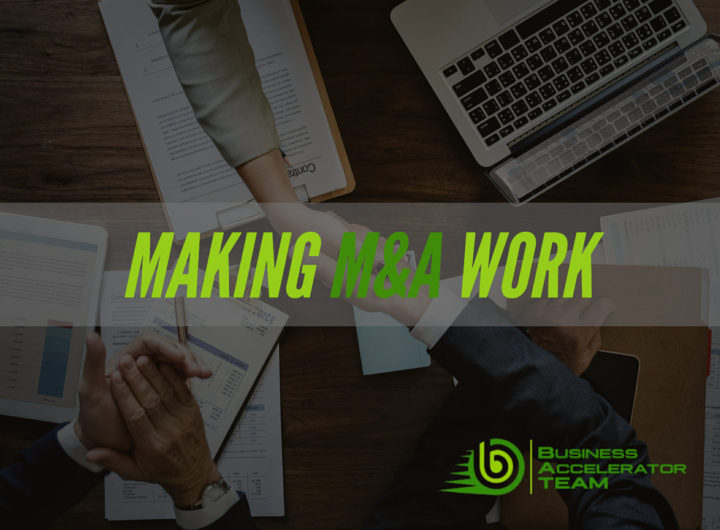With at least two noteworthy acquisitions this week and a possible substantial divestiture rumored, the convenience retailing industry continues to be a hotbed of M&A activity. And with this activity comes the important subject of how organizations should best go about dealing with the challenges of mixing, matching and integrating disparate teams while minimizing the potential difficulties that can impact the value of a newly combined business.
In the last week, Yesway announced it has eclipsed the 100-store milestone (Convenience Store Decisions, May 30, 2018), Keith’s Superstores purchased the Southern Mississippi c-store portfolio from Burns Oil (Convenience Store News, May 29, 2018), and on a potentially larger scale, Thorntons is rumored to be seeking a buyer for its 192-store operation (OPIS, May 31, 2018).
While the bigger-picture drivers behind these and other moves in the market bear conversation, from an operating perspective, managing an organization of any size through an M&A experience can be extremely difficult. In a number of published pieces over the past several days the subject of managing through transitions like M&A – or even generational change within family-run operations – was front and center.
In a May 21 article in Harvard Business Review, Jennifer J. Fondrevay, author of the upcoming book “Now What? A playbook for thriving through M&A,” says the one of the great ironies in any M&A activity is the resulting loss of trust. “Trust, a key ingredient for business success, often quickly dissolves, as M&A activity is usually cloaked in secrecy,” Fondrevay told HBR. “A workforce can feel blindsided when a deal is announced, eroding trust and transparency.” A key piece of advice: As an acquirer, taking a slower, measured approach and taking time to learn from acquired assets can minimize “us versus them” damage in the long run.
In an earlier article last month, HBR also touched on the fact that much of the M&A activity occurring in other industries is not of the traditional footprint-growth or defensive-positioning variety, but instead to gain capability. While this is less common among c-store chains, an important caveat is the high risk involved in making an acquisition for a skill set that might be best developed internally. “These are very risky bets to make,” according to the article’s authors Francois Mallette and John Goddard. For them to pay off, companies can’t assume that whatever they buy can be reshaped into something strategic.”
The M&A activity present in the c-store market – or in retail as a whole – is not showing any signs of cooling off, so to maximize the resulting value of any such deal, it is important to remain focused on what any deal value is based on – how the business is positioned to draw customers in the store and the experience those customers walk away with. Much of that value lies in people.
Business Accelerator Team is an outside-in catalyst assisting with insight, strategy, marketing and connections. Our consultancy provides business-development expertise derived from a deep understanding of what has worked with suppliers, retailers and media in retailing and foodservice. If you would like to learn more about how Business Accelerator Team can help you navigate the rapidly changing c-store arena, contact us for more information.


